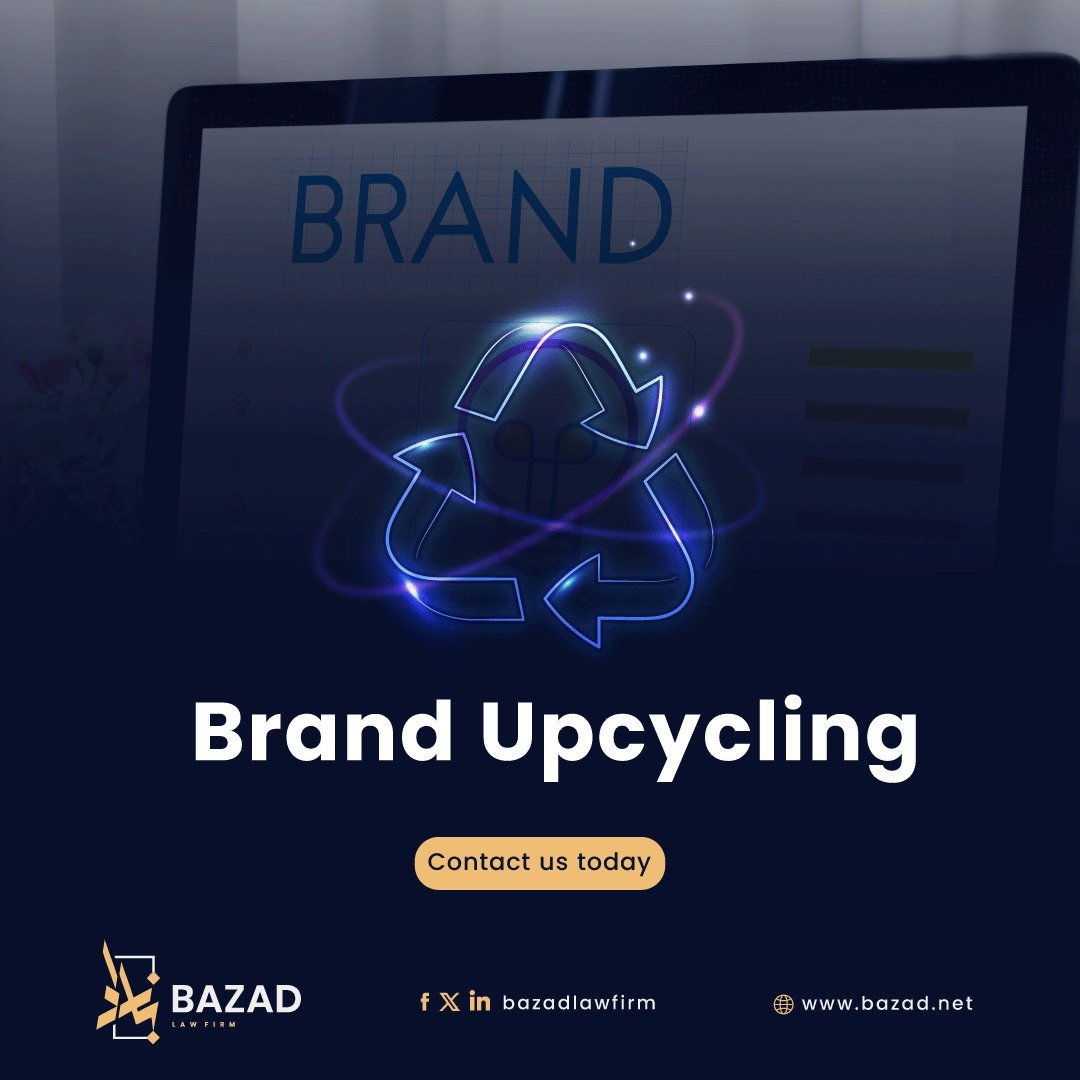
Brand Upcycling: How Companies Turn Forgotten Assets into Gold
Brand Upcycling: How Companies Turn Forgotten Assets into Gold
In a fiercely competitive world where the cost of building new brands is soaring, some companies are turning to a clever strategy known as Brand Upcycling. This isn’t about physical recycling as we know it; rather, it’s about reviving old brand names, transforming them from forgotten symbols into newly profitable assets.
What is Brand Upcycling?
It is, in essence, the process of leveraging an existing brand—whether it’s dormant, its operations have ceased, or it has been abandoned by its original owner—to relaunch it in a way that appeals to a new generation or a different market. The objective may be purely economic, as reviving an old name saves the company the costs of building a new identity from scratch. Or it may be marketing-driven, aiming to capitalize on the power of nostalgia among consumers who still remember the name, even if faintly.
Companies that revive old brands are often betting on the pre-existing trust and positive memories associated with them—elements that are difficult to purchase through advertising.
Why Do Companies Resort to This Strategy?
There are several motivations behind this move:
- Cost Efficiency: Reviving a well-known name is easier and more cost-effective than building a new brand from the ground up.
- Inherited Trust: An old name carries with it a legacy of credibility that is difficult to re-establish.
- The Marketing Narrative: Every revived brand has a story behind it, and audiences connect with stories more deeply than with advertisements.
Successful Global Examples
Polaroid serves as a prime example. After nearly disappearing with the rise of digital photography, the company relaunched itself by tapping into the passion for classic photography. Similarly, Nokia reclaimed a portion of its market standing when it re-introduced phones that carried its famous signature of durability and simplicity. Meanwhile, Mini Cooper proved that blending classic heritage with modern design can create success that exceeds all expectations.
There are also brands that expanded their scope instead of just being revived, such as Yamaha, which started with musical instruments and then entered the world of engines and motorcycles, and Virgin, which transformed from a music record company into an empire spanning aviation, telecommunications, and space.
But not all ventures are successful. Colgate, famous for its toothpaste, attempted to launch food products under its name and failed spectacularly because the public could not associate the name “toothpaste” with meals.
The Legal and Intellectual Property Perspective
Brand upcycling is not merely a marketing idea; it is a complex legal process that requires meticulous due diligence in intellectual property. The first step is to verify the legal status of the trademark: Is its registration still valid? Are there similar trademarks that could obstruct its use? Are there any existing disputes concerning it?
Then comes the matter of trademark classes. A brand may be protected in one class (e.g., electronics) but not in another (such as clothing or food). Expanding without proper protection can lead to the risk of brand dilution or the loss of the trademark’s legal distinctiveness.
In cases of licensing or sale, it is essential to draft precise agreements that define the rights, duration, financial returns, and quality control standards. This ensures the other party does not misuse the brand or damage its reputation in the marketplace.
Conclusion
Brand upcycling is not merely a commercial gimmick; it is a strategy that blends creativity, economics, and law. It is an attempt to breathe new life into old names in a smart way that preserves their heritage while repositioning them for new markets. In the end, brands don’t truly die; they sometimes just lie dormant, waiting for someone to awaken them skillfully.
Do you own an old brand or are you considering reviving one? Book a free 30-minute consultation. www.bazad.net

